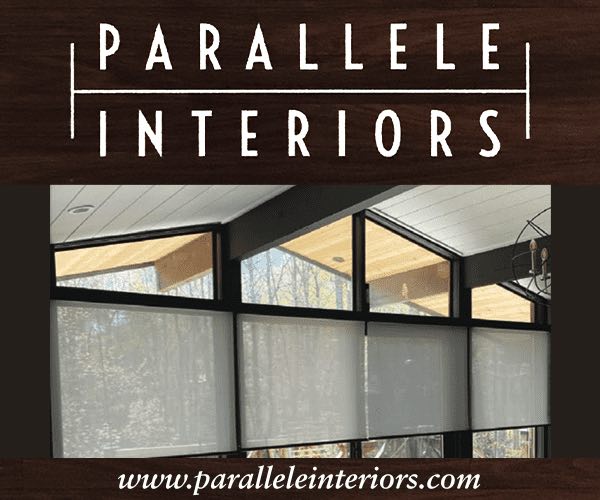As construction of the Eglinton Crosstown LRT heads in Leaside’s direction, the city and Metrolinx have each held public meetings to discuss planning, development and traffic issues, and several LPOA directors have attended. Many of the city’s proposals are very positive, but in this column I will concentrate on the proposals which we do not support.
First is what is called “as of right” zoning along Eglinton, especially between Bayview and Brentcliffe, where single family homes prevail, and four storeys is the maximum permitted height.
We do not believe that to automatically permit taller buildings (in this case mid-rise, perhaps six storeys) gives adequate protection against over-development.
Currently, if a developer wants to build higher or denser than prescribed in the city’s Official Plan, the developer has to offer cash or some other community benefit in exchange, an “atonement” payment, as it were, according to the Planning Act’s Section 37. Each development proposal is considered separately.
Under “as of right” mid-rise zoning, developers would no longer have to pay Section 37 compensation to the city to build a wall of six-storey buildings all along Eglinton. This would cause a major financial loss to the city and eliminate the many benefits that neighbourhoods now receive via Section 37 funds.
It would also reduce the influence of communities such as Leaside to obtain changes to development applications, or concessions which might make new developments more acceptable, especially to those living nearby. “As of right” planning is not a good idea.
We noted at an October Eglinton Connects meeting that official maps showed high-rises to be permitted between Laird and Brentcliffe. We believe that high-rise buildings should be limited to intersections where there is what is called “higher order” transit, i.e., transit both N/S and E/W, as at Bayview or Don Mills, and there only sparingly and conditionally.
As to initial proposals to permit four-storey townhouses from Donlea/Hanna east to Sutherland, where there are single family homes, our position is that this change would potentially destabilize the area, and be a disincentive for homeowners to maintain their homes.
At a November follow-up meeting with the Eglinton Connects planning team, we raised these points, had a sympathetic reception, and mutually agreed that protecting established neighbourhoods, and Leaside‘s historic character as a low rise community, is key.
There are certainly some unresolved questions, particularly regarding traffic.
The city’s plan assumes that although many other sections of the LRT route will have more and denser development, there will be less traffic overall along Eglinton. It also doesn’t address the fact that LRT stations are located quite far apart, thus creating a need for adequate surface transit (aka buses) even once the LRT is operating. And one of Leasiders’ main concerns — that of increased flow-through traffic infiltration into Leaside’s residential area — has yet to be addressed. These are issues which need further discussion, to say the least!
I hope in my next column to be able to report on these matters in greater detail, and to provide more information on the potential impact of the LRT’s construction period as it reaches Leaside.




